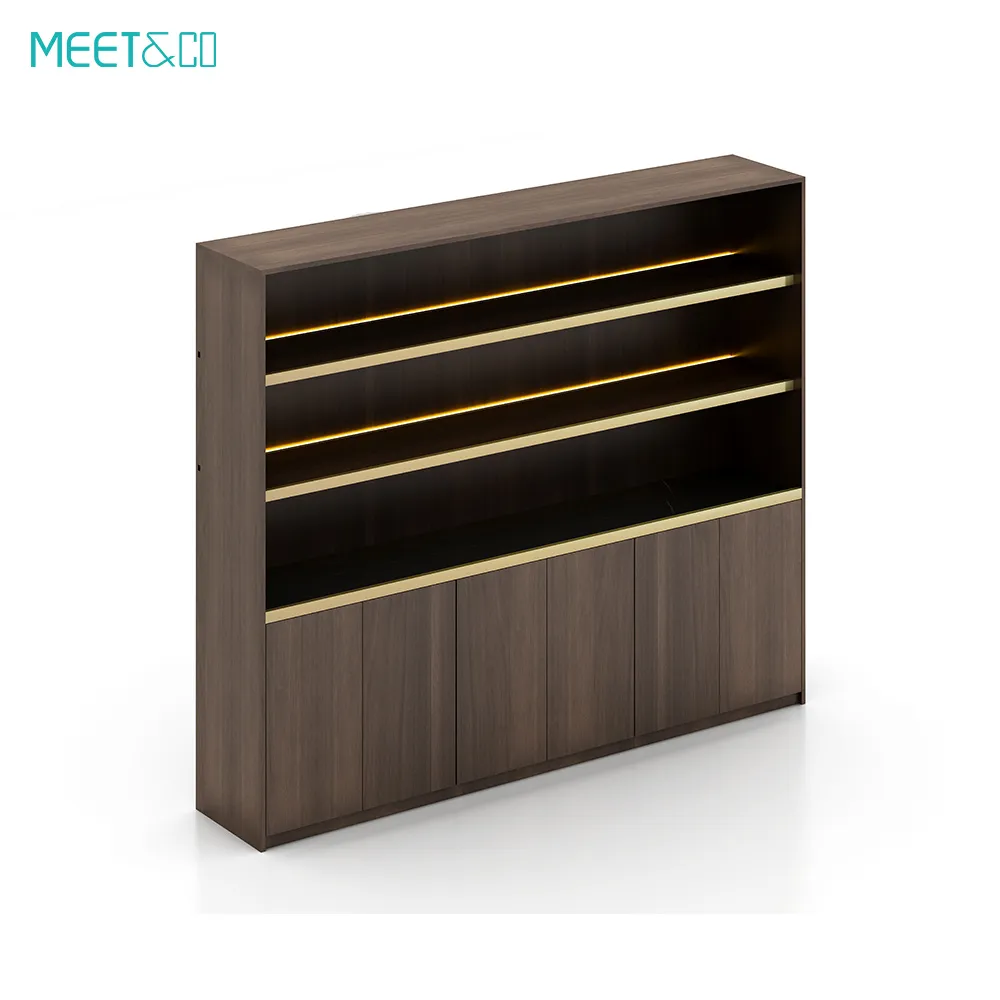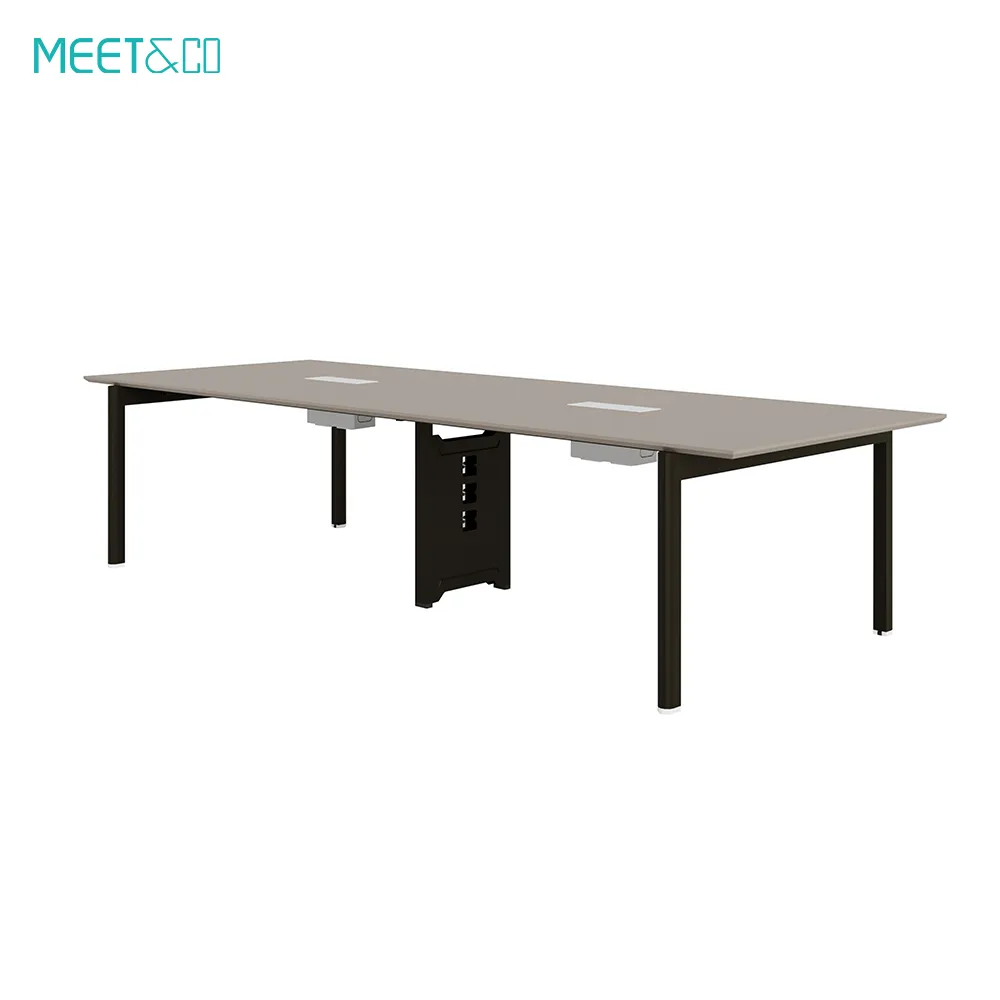Teachers spend hours planning their lessons; however, they forget one of the most important factors, which is the classroom seating arrangements.
Classroom seating plan ideas can either enhance or hinder the students’ study experience. It’s crucial to remember that effective seat design can lead to a significant 40 per cent increase in student engagement, as research shows.
Seating of students in a classroom affects the learning process, interaction among students, and participation. They influence attention, peer-to-peer, and teacher-student relationships. The right setup turns passive listeners into active learners.
Modern classrooms need flexible solutions. Students learn differently today. They crave interaction, movement, and choice. Traditional rows don’t cut it anymore. Smart teachers adapt their classroom style seating ideas to match their teaching goals.
This guide reveals 10 creative arrangements that transform classrooms. You’ll discover desk arrangement ideas that work for any space. Plus, learn about modern classroom furniture that makes change easy.
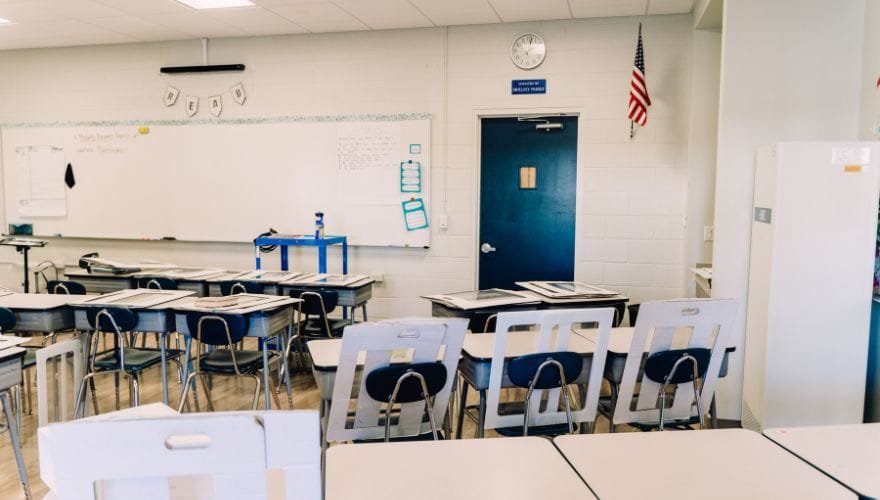
Why Classroom Seating Arrangements Matter
Strategic seating is not a theory, indeed: studies demonstrate that where and how students group themselves has a substantial effect on their paying attention, engagement, and academic performance.
Key benefits of strategic seating include:
- Better focus – Students stay on task longer
- More participation – Shy kids speak up more often
- Stronger relationships – Peers connect and collaborate
- Higher achievement – Test scores improve with better arrangements
Research-Based Evidence
Seating location in the classroom can affect student engagement, attention, and academic performance by providing better visibility. A 2022 study found that students in flexible seating showed 23% better engagement rates.
Self-control is especially important in flexible seating to be able to exercise self-reliance and cooperation in a classroom. This builds crucial life skills beyond academics.
Traditional vs Modern Approaches
Old classroom-style seating focused on control. Rows kept students quiet and facing forward. Today’s approach values interaction and choice.
Modern flexible seating options include:
- Standing desks for active learners
- Bean bags for comfort zones
- Floor cushions for relaxed discussions
- Wobble stools for fidgety students
10 Creative Classroom Seating Arrangements
The advantages of flexible seating are obvious, but you might be wondering what comes next: seeking arrangements that are going to work with your students and teaching style. Creative setups can change the way a classroom feels by encouraging teamwork and providing space to students that allows them to take control of their learning environment. The following are ten new and creative seating configurations to spur your classroom organization.
1. U-Shape Formation
The U-shape opens up classroom discussions. All students see each other and the teacher. This creates an inclusive learning environment.
Best for:
- Class discussions
- Presentations
- Reading circles
- Small to medium groups (15-25 students)
Setup tips:
- Leave enough space for teacher movement
- Position quieter students on the inside curve
- Use this for language arts and social studies
2. Flexible Seating Stations
Create different zones with varied seating options. Students choose where they learn best. This desk arrangement idea promotes ownership.
Station examples:
- Standing station – High tables with stools
- Comfort zone – Bean bags and floor cushions
- Collaboration corner – Round tables for four
- Focus area – Individual carrels for quiet work
Quality ergonomic chairs support different learning styles. The Meet&Co table arm Chair adapts to various student needs with adjustable features. Paired with the Meet&Co Training Table, which features rolling legs and a foldable, nesting tabletop, this setup offers maximum flexibility for classrooms, training rooms, and collaborative spaces. With this furniture, you can take control of your classroom environment and create a space that best suits your teaching style.
3. Collaborative Groups of Four
Square or round tables seat four students facing each other. This arrangement builds teamwork skills naturally.
Benefits:
- Easy peer tutoring
- Quick group formation
- Natural discussion flow
- Shared materials access
Management tips:
- Mix ability levels in each group
- Rotate groups weekly
- Assign group roles (leader, recorder, timekeeper)
4. Conference Style Setup
Long tables create a formal meeting atmosphere. Students feel important and engaged. This works well for older elementary through high school.
When to use:
- Student-led discussions
- Mock trials or debates
- Project planning sessions
- Student council meetings
The Meet&Co Wholesale Auditorium Seating with Table provides professional conference-style seating that elevates classroom discussions.
5. Herringbone Pattern
Angled rows create better sightlines than straight rows. Students see both the teacher and their classmates. This hybrid approach balances focus and interaction.
Advantages:
- Improved visibility for all students
- Maintains some structure
- Easy teacher monitoring
- Quick transition to pair work
6. Learning Circles
Circles eliminate hierarchies. Everyone shares equal status. This democratic setup encourages participation from all students.
Perfect for:
- Morning meetings
- Literature discussions
- Conflict resolution
- Community building activities
7. Horseshoe Arrangement
Similar to a U-shape but with an opening for teacher access. This classroom layout idea combines the benefits of circles with easier teacher movement.
Key features:
- Clear focal point at the front
- Equal student visibility
- Easy teacher circulation
- Natural discussion flow
8. Double U Formation
Two U-shapes accommodate larger classes while maintaining intimacy. The inner U faces outward, the outer U faces inward.
Ideal for:
- Classes with over 25 students
- Socratic seminars
- Fishbowl discussions
- Large group activities
9. Corner Learning Pods
Divide the classroom into corner stations. Small groups rotate through different activities. This creates movement and variety.
Station ideas:
- Reading corner with comfortable seating
- Technology station with laptops
- Hands-on activity center
- Quiet reflection space
Modern classroom furniture, like the Meet&Co training chairs, provides comfort for extended learning sessions at each station.
10. Butterfly Configuration
This arrangement splits the class into two wings. Perfect for compare and contrast activities or debates.
Uses:
- Debate preparation
- Jigsaw activities
- Parallel group work
- Gallery walks
Types of Classroom Seating Arrangement by Subject
Different subjects often call for other ways of organizing the classroom, ensuring students are positioned for the best possible learning experience.
Math Classes: Structure Meets Flexibility
Math needs focus, but benefits from collaboration. Try these desk arrangements for classroom math:
- Rows for direct instruction – New concept introduction
- Pairs for practice – Peer problem-solving
- Groups of four for projects – Real-world applications
Language Arts: Discussion-Friendly Layouts
Reading and writing thrive on interaction. Flexible seating classroom ideas work best:
- Circles for literature discussions
- U-shapes for writing workshops
- Comfortable reading nooks with bean bags
Science: Lab-Ready Configurations
Science combines lectures with hands-on work. Plan for quick transitions:
- Traditional rows for notes
- Lab tables for experiments
- Gallery walk setup for presentations
Social Studies: Democracy in Action
History and civics benefit from democratic seating:
- Town hall arrangements for debates
- Committee tables for research
- Circle discussions for current events
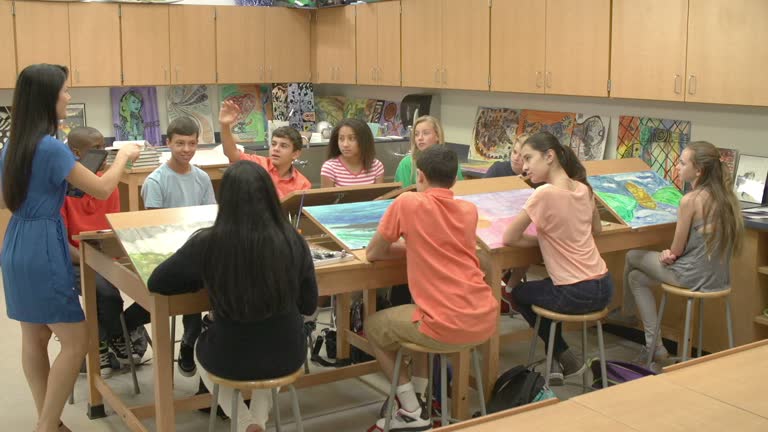
(Source)
Implementing Flexible Seating Options
1. Start Small
Don’t transform everything overnight. Begin with one flexible seating area. Add options gradually based on student response.
Week 1: Add bean bags to the reading corner
Week 2: Introduce standing desks
Week 3: Create floor cushion area
Week 4: Evaluate and adjust
2. Set Clear Expectations
Flexible seating requires clear rules. Students need guidelines for choice and movement.
Classroom agreements:
- Choose seating that helps you learn
- Respect others’ space and choices
- Clean up your area before moving
- Ask before joining someone’s space
3. Monitor and Adjust
Watch how students use different areas. Some arrangements work better for certain activities. Stay flexible and responsive.
Questions to ask:
- Are students more engaged?
- Do behavior problems increase or decrease?
- Which areas get overused or ignored?
- How does academic performance change?
Modern Classroom Furniture Solutions
1. Ergonomic Considerations
Students spend hours sitting. Comfort affects concentration. Quality ergonomic seating supports learning.
Key features include:
- Adjustable height for growing bodies
- Proper back support for posture
- Breathable materials for comfort
- Durable construction for daily use
2. Flexible Furniture Options
Modern classroom furniture adapts to different needs:
Mobile solutions:
- Rolling chairs move between activities
- Stackable stools save storage space
- Folding tables create instant flexibility
Multi-purpose pieces:
- Stools that become tables
- Chairs with built-in storage
- Desks that adjust height
The Meet&Co Mesh Ergonomic Chair combines comfort with flexibility. Its breathable mesh design keeps students cool during long learning sessions.
3. Budget-Friendly Alternatives
Transform your classroom without breaking the bank:
- Crate seats – Storage and seating combined
- Stability balls – Core strength while learning
- Carpet samples – Instant floor seating
- Standing converters – Transform regular desks
About Meet&Co Furniture: Your Classroom Transformation Partner
Meet&Co Furniture understands modern education needs. We design furniture that adapts to how students learn. Our mission is to make office and classroom life innovative.
Why Choose Meet&Co for Your Classroom?
Comprehensive Solutions:
- Space planning with free 3D renders
- Personalized customization options
- Factory-direct pricing for better value
- 3-5 year warranty coverage
Educational Expertise: Our furniture supports flexible seating classroom ideas. Every piece considers student needs, teacher requirements, and space constraints.
Quality You Can Trust:
- Ergonomic designs promote healthy posture
- Durable materials withstand daily use
- Easy maintenance keeps classrooms clean
- Professional appearance elevates learning environments
Popular Classroom Products:
The Meet&Co Ergonomic Mesh Task Chair offers exceptional support for students of all ages. Its adjustable features accommodate growing bodies.
For collaborative spaces, consider the Meet&Co High-quality All Mesh Office Chair. Its breathable design keeps students comfortable during group work.
Supercharge your classroom and furnish it with furniture that is as hardworking as your students. Meet&Co integrates quality, versatility, and affordability in each creation.
Frequently Asked Questions (FAQs)
1. What are the most effective classroom seating arrangements?
The most effective arrangements match your teaching goals. U-shapes work best for discussions. Rows suit direct instruction. Groups of four promote collaboration. Flexible stations accommodate different learning styles.
2. How do flexible seating options impact student behavior?
Flexible seating builds self-control and cooperative skills. Students are taught how to make proper choices. Initial adjustment periods may show increased movement, but behavior typically improves as students adapt.
3. What types of classroom seating arrangements work for different subjects?
Math benefits from pairs and rows for problem-solving. Language arts thrives with circles and U-shapes for discussion. Science needs lab tables and flexible groupings. Social studies works well with democratic arrangements like town halls.
4. How can I implement desk arrangements for a classroom on a budget?
Start with simple changes. Use existing furniture differently. Add inexpensive options like stability balls or crate seats. Apply for grants or partner with parent organizations. Implement changes gradually to spread costs.
5. What modern classroom furniture supports flexible seating?
Look for adjustable, mobile pieces. Rolling chairs move easily between activities. Stackable furniture saves space. Height-adjustable desks accommodate standing or sitting. Quality ergonomic chairs support extended learning.
6. How do classroom desk setup ideas affect student engagement?
Strategic setup increases engagement by 40% according to recent studies. Students participate more when they can see peers. Collaborative arrangements build relationships. Choice in seating promotes ownership of learning.
Conclusion
Innovative arrangements in a classroom will change the experience. They enhance involvement, formation of bonds, and different learning requirements. The appropriate environment will ensure that all the students feel appreciated and part of the group.
Start with small changes. Test what works for your students and teaching style. Remember that flexibility is key. What works in September might need adjustment by January.
Quality furniture supports your seating goals. Invest in pieces that adapt to different arrangements. Ergonomic designs keep students comfortable and focused.
Your classroom seating plan ideas should reflect your teaching philosophy. Whether you prefer structured rows or flexible stations, make intentional choices. Every arrangement sends a message about learning expectations.
Transform your classroom today. Try one new arrangement this week. Watch how your students respond. Their engagement will tell you everything you need to know about the power of strategic seating.
Ready to upgrade your classroom furniture? Explore Meet&Co’s complete collection of educational furniture at meetcofurniture.com/products. Contact us for free space planning and 3D rendering services.

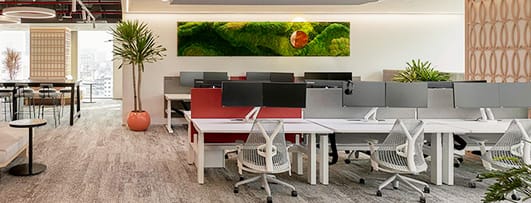










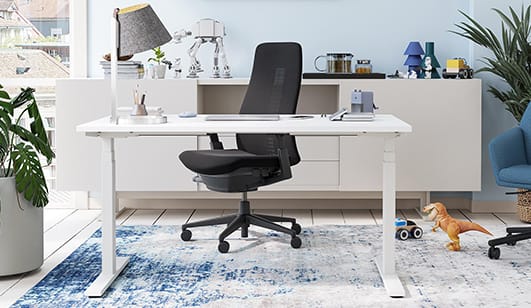





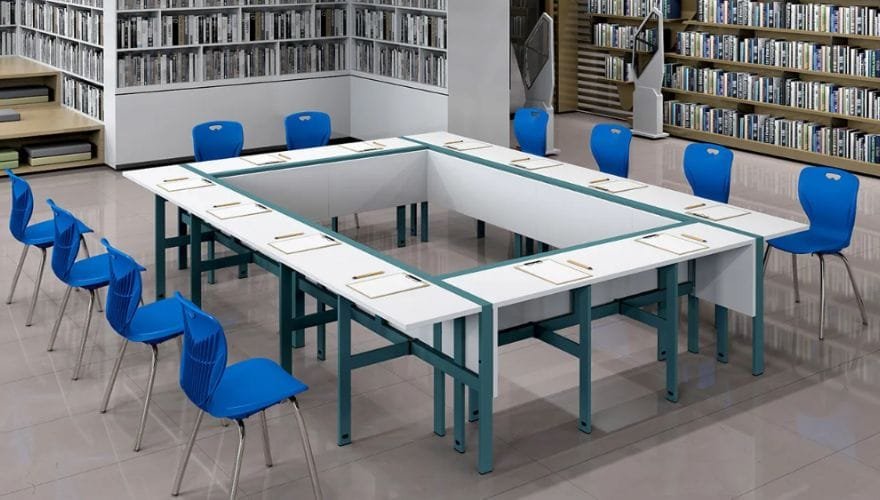
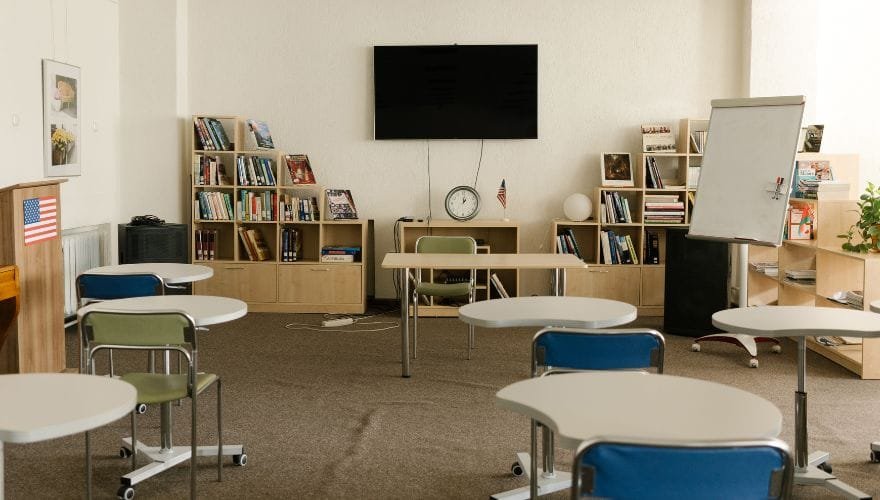
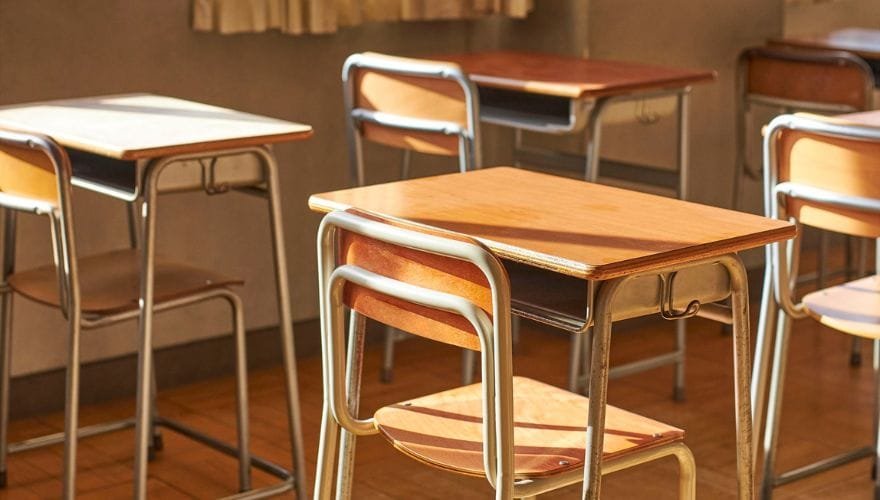

_1.webp)
